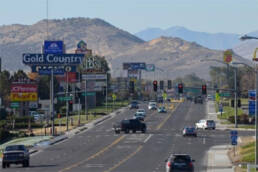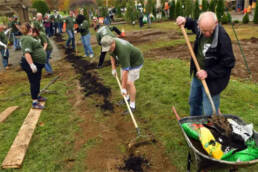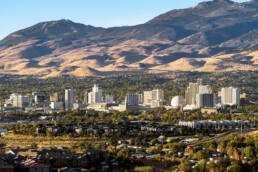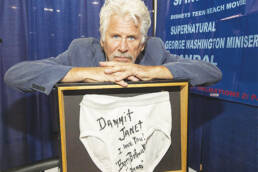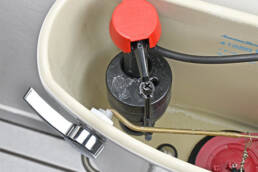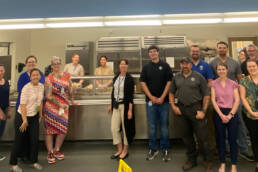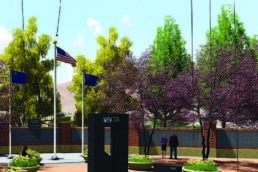Last month, I was proud to attend the annual Tahoe Summit at Lake Tahoe alongside elected officials, residents, and visitors from Nevada and California who, like me, love the Lake. No matter the differences in our backgrounds, the work we do, or our political affiliations, our collective goal is to keep Lake Tahoe beautiful. That’s why we’re working to reauthorize the Lake Tahoe Restoration Act this year before it expires in 2024.
Only a quarter of the total authorized funding has been sent to the Lake so far. This year, that includes $6 million for forest health, $6.5 million for watershed management, and up to $10 million for water infrastructure – that’s up $3 million from last year. That’s why we need to extend the Lake Tahoe Restoration Act – so sustainability programs here continue getting the funding they need. In May, we passed the reauthorization of this legislation through the Energy and Natural Resources Committee, and I’m working to have it brought to the full Senate for consideration. This is only the first of many steps we can take together to protect our Lake. Just two years ago in 2021, the Caldor Fire blazed through 221,000 acres in Tahoe, devastating ecosystems and forcing thousands to evacuate their homes. Even though we saw record-breaking snow this winter, Nevadans are already being warned that future fire seasons could be more severe than normal. There are more than 18,000 firefighters employed by federal agencies, many of whom work overtime to protect the Lake and all those who call it home. I’m working to give those firefighters permanent raises. However, our firefighters can’t protect the Lake on their own. We also need to be doing more to help our communities prepare for wildfires.
Last month, I visited a sawmill in Carson City on Washoe Tribal land that will process dead wood from the Caldor Fire — an effort that is critical for future forest management in Tahoe. The Washoe Tribe and Tribal Nations across the country are our partners in sustainability, and we should be supporting their efforts. I’ve introduced legislation this year to help communities and Tribes like the Washoe adapt to and address wildfires.
I’m also working to pass my bill that will help small businesses affected by wildfire smoke recover their losses. As we work to protect Lake Tahoe from environmental threats, we must also recognize the impact that the increasing number of visitors has had on the area. Part of what sustains Tahoe is its tourism economy. Unfortunately, researchers at the University of Nevada, Reno and the Desert Research Institute are seeing a connection between the increase in human presence and the dramatic uptick of trash and microplastics that end up in our lake.
These institutions are leading the way toward a sustainable future for Lake Tahoe, and I’m fighting for more support for Lake Tahoe research projects at UNR and DRI through this year’s government spending bill.
Beyond our commitment to the environment surrounding Lake Tahoe, we must also invest in the families that live and work in the basin. We need to be doing more for Lake Tahoe’s permanent, year-round residents, many of whom have lived in the region for decades. Improving roadways like State Route 28, implementing reliable public transportation options, and creating affordable housing solutions for working families are just some of the policies I’ve championed for the Nevadans who call Lake Tahoe home.
We are responsible for protecting today’s Lake Tahoe and the Lake Tahoe of the future. It’s up to all of us to make sure that such an incredible place endures. We must continue our work to protect our public lands, combat climate change, and preserve the beauty of this region that draws in people from all over the world.

